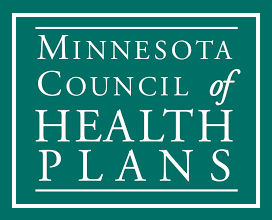The Minnesota Legislature and Gov. Tim Walz recently took decisive action to pass an extension of the reinsurance program before the April 1 deadline to meet the federal requirement to continue the program. What does this extension mean for the health, wellness — and pocketbooks — for Minnesotans? We answer a few key questions on what the overall impact will be.
What was the final deal?
The legislature passed and fully funded a three-year extension of reinsurance, ensuring the program will continue to hold down premiums and stabilize the individual market for 2023, 2024 and 2025. The program parameters were restored to the original 80% coinsurance rate, meaning that rates will be 20% lower on average than they would be without the program.
Who does reinsurance help?
Reinsurance helps everyone who purchases health insurance on their own instead of receiving it as a benefit from an employer or through a state public program. This includes farmers, small business owners, lower-income workers who do not have access to employer-sponsored coverage, Minnesotans who are in-between jobs, and those who retire early and are not yet eligible for Medicare. Approximately 167,000 Minnesotans purchase health insurance on their own.
What does this deal mean for Minnesotans who buy insurance on their own?
The extension of the program means that Minnesotans who buy insurance on their own will see rates 20% lower on average than they would be without the program. If reinsurance had not been extended, Minnesotans would be facing double-digit premium increases throughout the state.
What does a 20% reduction mean in terms of actual dollars?
The exact impact of the program varies by age, geographic location, and plan type, but in real dollars, Minnesotans will be paying between $500 and $4,600 less than they otherwise would pay without reinsurance.
What is the impact of reinsurance on the individual market?
Reinsurance brings certainty and stability to the individual market. Reinsurance pays a portion of high-cost medical bills — costs that are otherwise built into monthly premiums. An estimated 10,000-15,000 Minnesotans were projected to drop coverage due to premium increases if reinsurance was not renewed.

